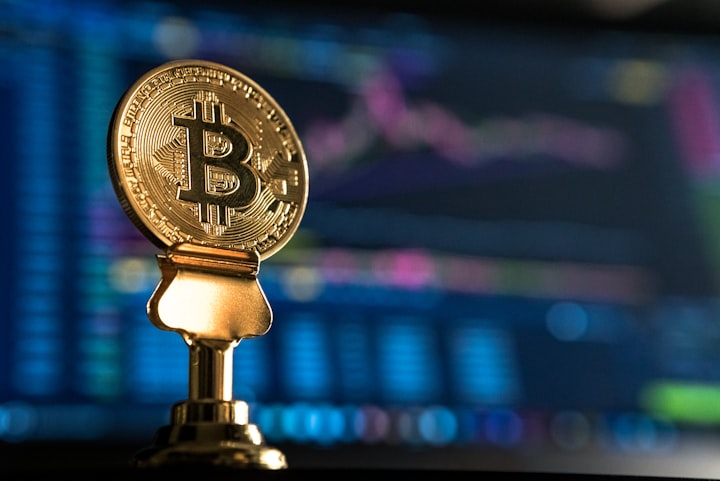
The nuanced relationship
The relationship between interest rates and Bitcoin price is a topic of much debate. While some experts believe that there is a correlation between the two, others argue that the relationship is more complex and nuanced.
According to a recent article on "Is There a Correlation? Interest Rates and Bitcoin’s Market Behavior", interest rates are one of the many factors that influence Bitcoin’s price movements. The article explains that short-term interest rate hikes by central banks can trigger immediate market reactions, resulting in short-term cryptocurrency price volatility. However, long-term investors might view Bitcoin as a multi-year store of value and a hedge against systemic risks.
Another article on "Examining the relationship between interest rates and Bitcoin" suggests that there is a negative correlation between the price of Bitcoin and interest rates, as measured by Fed Funds. However, the article also notes that over longer than thirty days, as interest rates rise, so does the price of Bitcoin.
It is important to note that Bitcoin’s price history has been marked by extreme volatility, with breathtaking surges and precipitous crashes. Understanding this volatility is crucial to assessing the impact of external factors like interest rates. Numerous factors influence Bitcoin’s price, including market sentiment, technological developments, regulatory changes, and macroeconomic factors.
In conclusion, while there may be some correlation between interest rates and Bitcoin price, it is not a straightforward relationship. The impact of interest rates on Bitcoin’s price is likely to be influenced by a range of other factors, and the relationship between the two is likely to be complex and nuanced.
Macroeconomic factor
There are several macroeconomic factors that can influence the price of Bitcoin. According to a report on "Macroeconomic Factors that Impact the Crypto Market", some of the key factors include:
Monetary policy: The action by which the central bank influences a nation’s total money supply. Typically, expansionary monetary policy has a positive impact on the crypto market, while contractionary monetary policy is the opposite.
Fiscal policy: The action by which the government influences a nation’s aggregate demand. Typically, expansionary fiscal policy has a positive impact on the crypto market, while contractionary fiscal policy is the opposite.
COVID-19: The pandemic has been positively correlated with the crypto market. On the one hand, when the pandemic becomes more severe, people have a higher expectation for expansionary policies. On the other hand, the pandemic injects volatility into the stock market, and the crypto market is an imperfect substitute.
Asset market: The asset market is positively correlated with the crypto market.
Interest rates: Interest rates and the USD index are negatively correlated with the crypto market. The correlation of inflation rate and the crypto market is not obvious, but a high inflation rate can cause the crypto market to fall as the contractionary expectation increases.
It is important to note that Bitcoin’s price is primarily affected by its supply, the market’s demand, availability, competing cryptocurrencies, and investor sentiment. The relationship between macroeconomic factors and Bitcoin’s price is complex and nuanced, and the impact of these factors on Bitcoin’s price is likely to be influenced by a range of other factors.
Inflation and bitcoin
Bitcoin inflation refers to the increase or decrease of the supply and value of Bitcoin over time. Bitcoin is technically deflationary because its supply is limited to 21 million and its purchasing power increases over time. Bitcoin is also considered a hedge against inflation because it outperforms other assets in environments of monetary expansion. Bitcoin inflation can be calculated by dividing the new bitcoins issued in a month by the current bitcoins for the month and multiplying by 100. https://charts.bitbo.io/inflation/
In conclusion, I still don't know what to do with bitcoin.
About the Creator
Kingto LI
inference, thoughts
detective stories, sad stories, personal stuff.






Comments
There are no comments for this story
Be the first to respond and start the conversation.